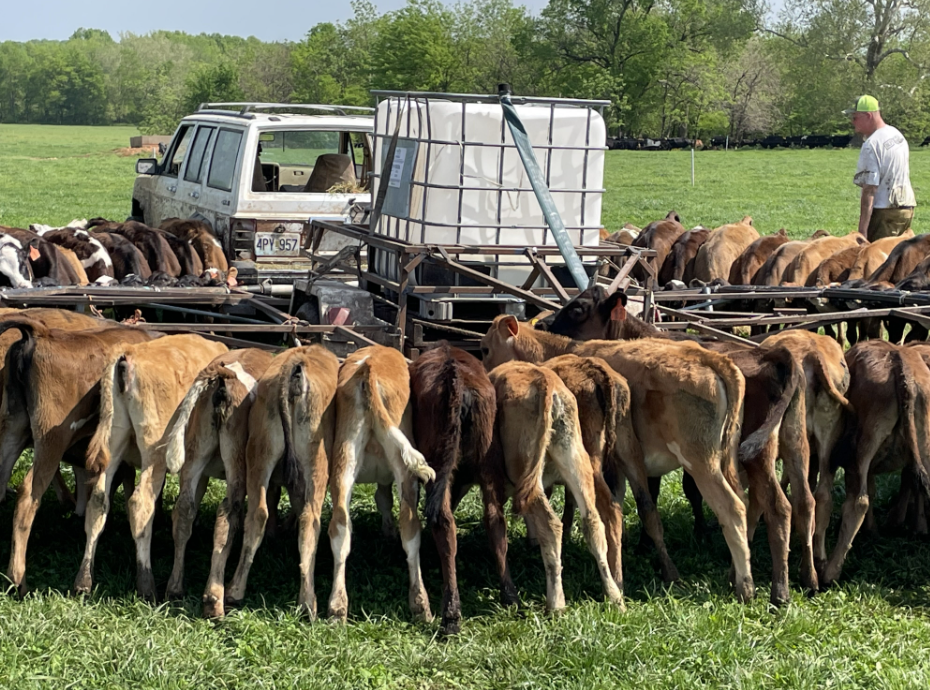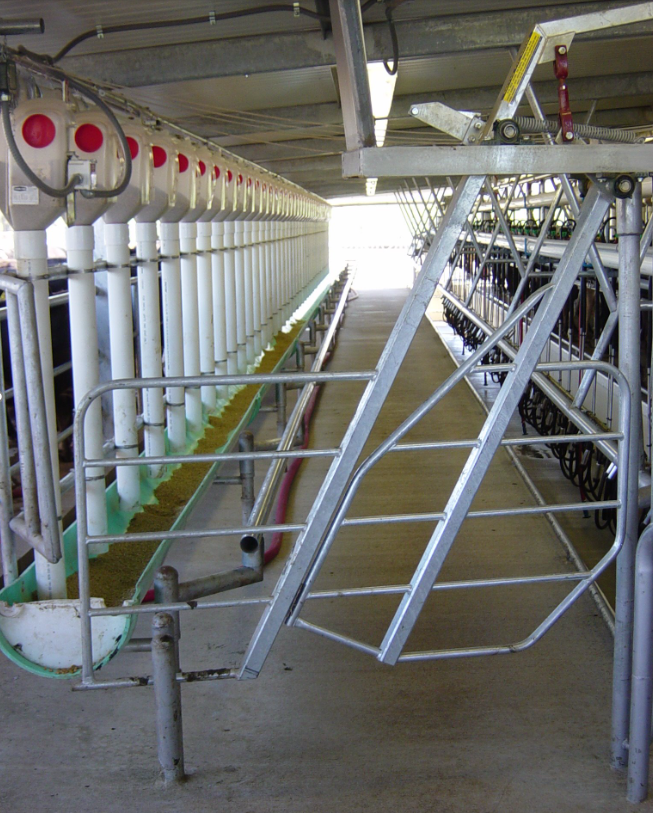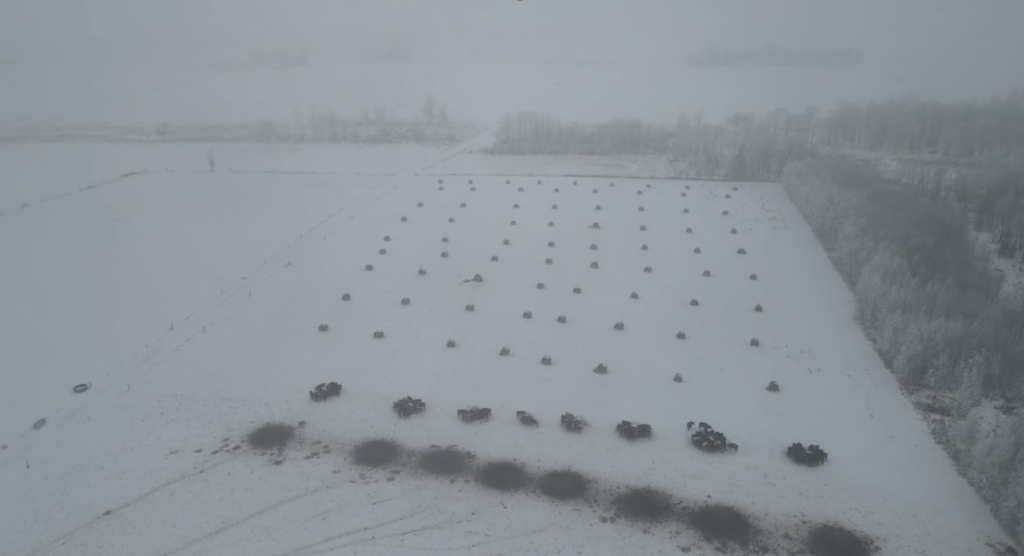
Dairy farming is the single biggest land use in the Great Lakes Basin. Feeding dairy cows with well-managed pasture can reduce costs, protect water quality, and fight climate change. However, maximizing efficiency will increase the probability of long-term financial viability of dairies using grazing. Low-overhead dairy grazing can reduce both variable and fixed costs of production which can allow farms to be profitable even at low milk prices. Through a new project, Wallace Center and Winrock, in collaboration with Dairy Grazing Apprenticeship and Food System 6, is mobilizing specialized technical assistance to support dairy grazing.
Services
This project will help dairy farmers in the Great Lakes Basin to either start grazing, improve the efficiency of their operation, and/or create the necessary technical and business plans to move toward a low-overhead dairy grazing system. We will provide a range of services customized to each farm. The full cost of the technical assistance is covered by a grant from the Great Lakes Protection Fund. The services provided may include the following (depending on your goals):
Photos of Low Overhead Dairy Grazing



Resources
Grazing: Economies of scale to lower overhead costs >>
This article, published in 2023 in Progressive Forage, describes Dr. Jon Winsten’s work on dairy grazing systems and the efficiencies of the large herd, low overhead model.
Project Handout >>
Low-overhead dairy grazing can give farmers greater flexibility and profitability, as well as contribute to quantifiable environmental and social benefits. This document provides an overview of the context of dairy in the Upper Midwest and a brief description of the benefits of low-overhead dairy grazing.